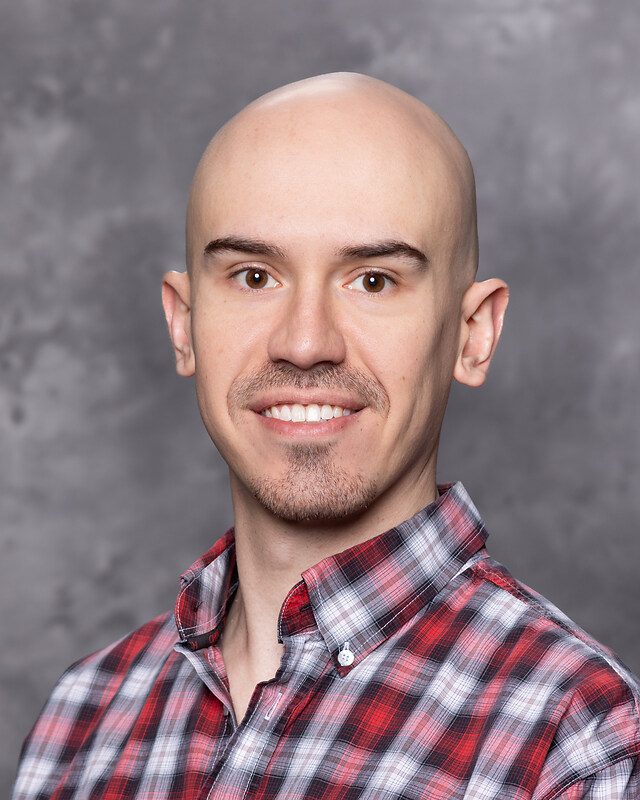Every night when I was a toddler, I sat on my couch sandwiched between its corner and my mom as she read me a bedtime story.
My favorite story book, “The Sneetches” by Dr. Seuss, is about two types of creatures distinguished by the presence of stars mark their bellies. Those with stars thought they were superior to those without, and those without felt excluded and oppressed. One day, Sylvester McMonkey McBean came to the beaches where the sneetches resided with “star-on” and “star-off” machines, adding and removing the labels that once defined them until no creature could determine who originally was starred and who was starless.
“Sneetches are sneetches” my mom would read as I looked over her shoulder at drawings of whimsical yellow creatures. “And no kind of Sneetch is the best on the beaches.”
At the time, I appreciated the story mostly for its tongue-twisters and rhymes. I hadn’t given it’s meaning much thought.
That is, until I had a conversation over FaceTime recently with a 17-year-old evangelical who I connected with through a mutual friend over social media. I remember that when she added me on Instagram, I noticed the name of her church was the only way she chose to describe herself in her Instagram bio. She had never met a Jew and I had never met an evangelical, so we decided to talk. We each answered the phone that day with our own biases. I thought that I would be talking to a modern version of Jonathan Edwards, who I read about in my history textbook – someone close-minded and steadfast in their beliefs. Going into our conversation, she probably thought I was similarly tied to my background.
We both didn’t expect to find common ground. Aside from the fact that when I finish my homework, I study “The Real ACT Prep Guide,” and when she finishes her homework she studies the gospel, I found that we actually lead fairly similar lives.
More so, I found that we share similar values – most importantly, we both value tolerance. She told me that to her, evangelism means strict adherence to the Bible. But, she said, her interpretation doesn’t always line up with that of the stereotypical fundamentalist Christian, or all of the members of her church. One person in her congregation spoke derogatorily about gay people, she remembered.
“It’s 2018,” she retorted. “What do they need praying for?”
As our conversation came to a close that day, she emphasized that she never tried to push her religion on others. However, after talking to me about the differences in our backgrounds, she said she realized that instead of looking for ways to make everyone the same, she should look for ways that everyone’s beliefs can be valid. That day, I did end up having a conversation with someone who was steadfast in her beliefs. I spoke to someone who was not close minded, but quite the opposite.
I realized then that I had neglected to see our similarities because of one aspect of our lives that made us different.Recalling the book that my mom used to read me, I came to understand that the true lesson she was teaching me with those bedtime stories was not just how to read, but how to read past labels.
Looking back, “The Sneetches” shed light on the importance of accepting all people despite their differences. It was likely a commentary on anti-Semitism, with its yellow-starred characters. It also could have been meant to call attention to racial and class divisions.
While today we might not have McBean’s machine to erase the marks that distinguish us, we do have the powerful tool of conversation. It is through conversations, I have learned, that we can see past the stars on our bellies and the words in our Instagram bios.
Categories:
Seeing past our stars
February 22, 2018






























